BoxPhotographer
TPF Noob!
- Joined
- Jun 23, 2009
- Messages
- 101
- Reaction score
- 0
- Location
- Ontario, Canada
- Can others edit my Photos
- Photos OK to edit
As a goal, though, you should shoot with as LOW an ISO as you can get away with and still get the shot you want. Your image will be cleaner with better detail.
When you say low-- You mean low as in 100, right? It isn't backwards in photography is it?
I had my camera set at 250-- I think 250 I was outside..
When he says low light, he means the light around you such as if your outdoors during the day, on inside a low lit room.
Here's what Scott Kelby does, this is from his Digital Photography Book. He starts his day with his ISO at 200 and Aperture Priority Mode so you have control over the focus in your photo's. If the shutter speed drops below 1/60 then he'll up the ISO. Although some people can shoot hand held at 1/30 etc.
Hope that helps.




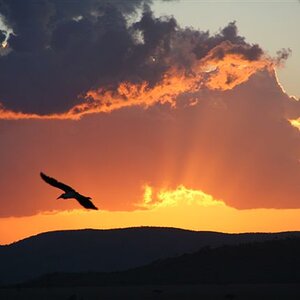
![[No title]](/data/xfmg/thumbnail/35/35586-d552a369f369a1796256b9df897a8d91.jpg?1619737061)
![[No title]](/data/xfmg/thumbnail/31/31742-596f6bbc60b2ba7fed2cd25f5aacf41c.jpg?1619734985)
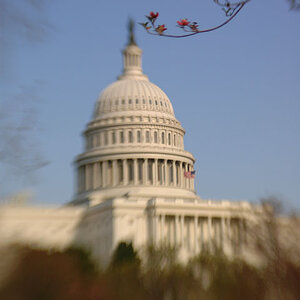


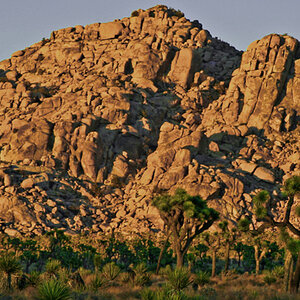
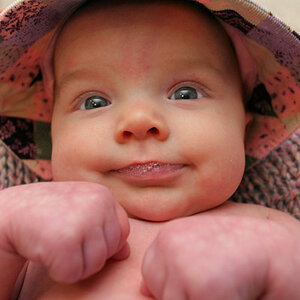
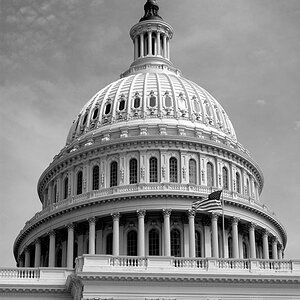
![[No title]](/data/xfmg/thumbnail/31/31011-439c1242fe08cf6b54f32bf06523a567.jpg?1619734567)
